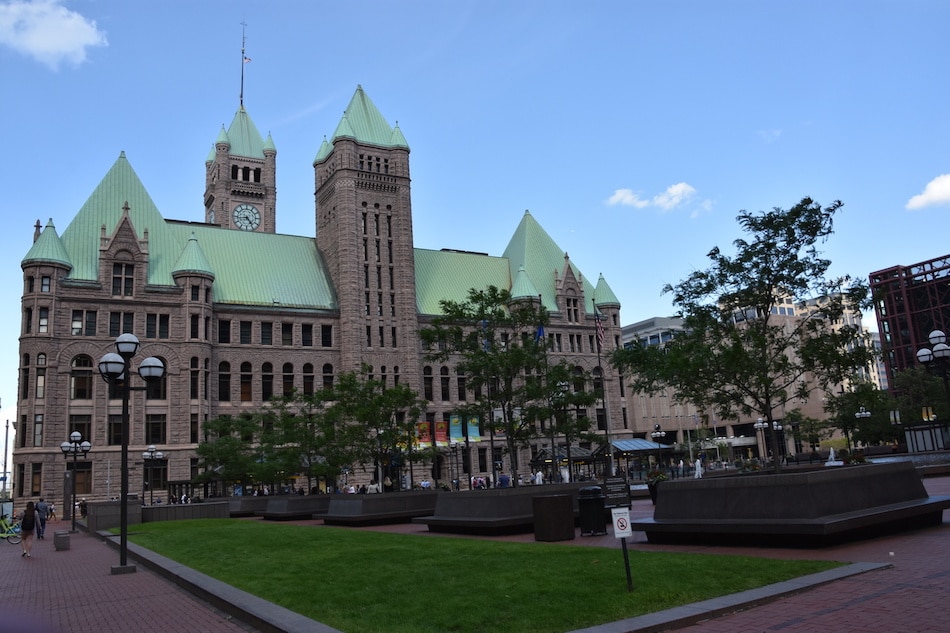
Top Historic Monuments in Minneapolis, MN
 Minneapolis has a rich history marked by the people and the waters that flow through it. Visitors and locals alike head to the historical monuments not only due to their preserved beauty but also because it’s a chance to experience the past in a different way besides reading a history book. When a person actually travels to these sites to see the architecture and artifacts for themselves, they have a chance to absorb the past in a way they’ll always remember. For those looking to expand their horizons, stop by the following landmarks in Minneapolis MN.
Minneapolis has a rich history marked by the people and the waters that flow through it. Visitors and locals alike head to the historical monuments not only due to their preserved beauty but also because it’s a chance to experience the past in a different way besides reading a history book. When a person actually travels to these sites to see the architecture and artifacts for themselves, they have a chance to absorb the past in a way they’ll always remember. For those looking to expand their horizons, stop by the following landmarks in Minneapolis MN.
City Hall
One of the most famous buildings in all of Minneapolis, the City Hall houses city and county officials alike. Built in 1888 by Long and Kees, the building has undergone plenty of hardships during its many years. Much like the city itself, it remains standing due to the love and care it receives from its citizens. Highlights include the Father of the Waters statue, stained glass, and a towering atrium. If visiting on the third Wednesday of the month, be sure to take a guided tour around the property. The stories in store will not disappoint!
Wells Fargo History Museum
The history of money may seem like a rather dry subject, but this museum makes it easy to visualize how money worked both in the past and today. It’s entirely free and features the signature Wells Fargo stagecoaches to ride. It’s a great way to teach children about the history of banking services. For example, Morse code is a signature exhibit in the museum devoted to how the famous code helped bankers conduct their business. This is a great place to fit in a last-minute stop as visitors can make their way through the entire museum in under an hour.
Fort Snelling
The original name for this famous Minnesota fort was Fort St. Anthony, and it served as a stronghold near the meeting of the Minnesota and Mississippi River. During the 1800s, it was used as a base to help keep the peace throughout the land. Soldiers were in charge of enforcing the rules that were created after the War of 1812. Today, it holds special events and tours for all who want to learn more about the military history behind this great state. From the visitor center to the gift shop to the many exhibits, there’s plenty to see, do, and explore.
Pillsbury A Mill
Few people need to know to be told the importance of Pillsbury to the American diet (and economy.) The Pillsbury A Mill was the largest flour mill in the entire world and was recently converted into artist lofts. Visitors can still visit the A Mill City Museum to see why it served as the primary mill for the famous company. When it opened in 1881, it was one of the first mills that was designed by a prominent architect, so its beauty is every bit as stunning yesterday as it was today.
Understanding history isn’t just a matter of visiting a few landmarks, but it’s a good way to get started. Whether a visitor is just looking for something to do or they’ve been studying up on their Minneapolis history, these spots give everyone a taste of what it was like to live in this unpretentious city throughout its lifespan. Learning it all will make it easier to trace the culture and customs from yesterday to today.



